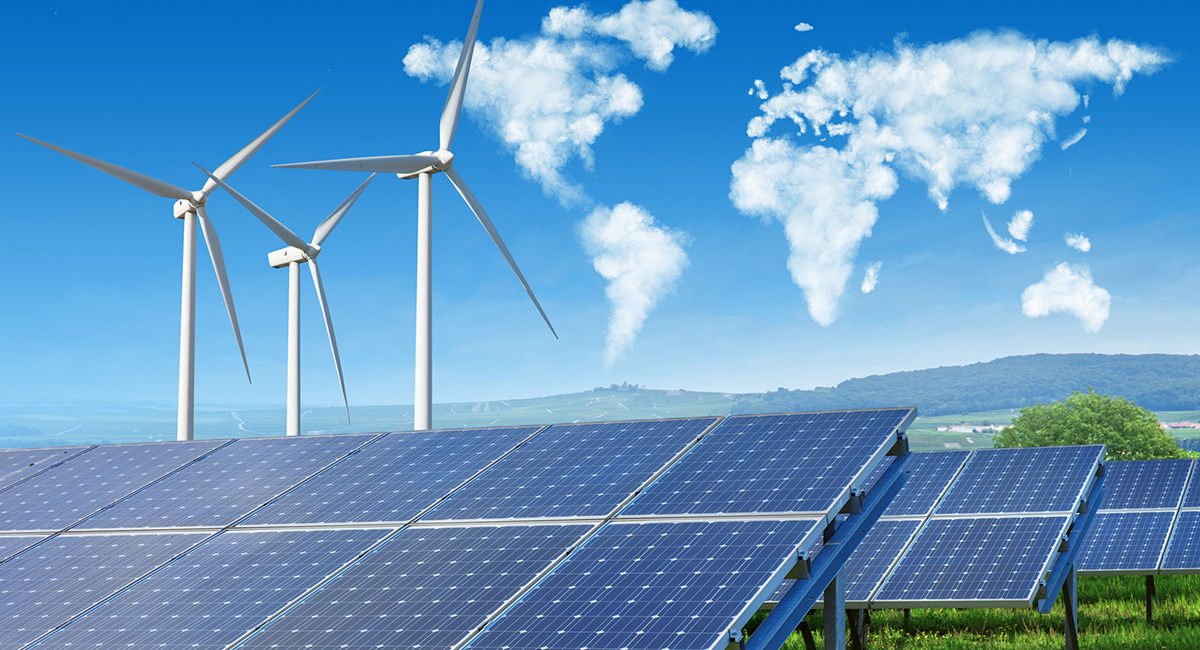Skyrocketing oil and gas prices are telling a more powerful story than global warming skeptics have been able to tell. And the story is that we will depend on carbon-emitting energy for much longer than most people (governments included) had thought. Current oil prices reflect an energy demand that cannot be met by the current oil supply or by alternative sources.
Oil prices are up 72 percent in the last 12 months. Demand for oil amounts to about 100 million barrels a day, and supply is struggling to adapt. There are about 552 active rigs in the United States today; in 2015 there were some 1,400. Oil continues to be a huge player despite anti-carbon government mandates and a sociopolitical climate that shames oil companies into prioritizing the environment over making money for their shareholders. Only 2 percent of all vehicles sold in the country are electric; it would take 700 years to replace all polluting cars at the current pace.
Demand for oil is a major factor in today’s inflationary economy. The mismatch between demand and supply is several years in the making. Although the war in Ukraine has acted as a catalyst for the current commodities boom to some extent, the prices of several commodities, including oil, were going up before that—and for causes that antecede COVID-19’s disruption of supply chains worldwide.
The only source for more oil in non-OPEC countries in the last decade has been the United States. Therefore, U.S. demand and supply are of paramount importance in understanding energy-price dynamics worldwide and their impact on general price inflation. I am leaving aside the artificial creation of money. Suffice it to say that you cannot have a Federal Reserve balance sheet of $9 trillion or have the monetary authorities create six out of every 10 dollars generated in the last 15 years and not expect significant inflation once economic activity picks up.
But the other part of the inflation story is the supply of and demand for goods and services, oil crucially among them.
Most of the oil-supply growth in the U.S. in recent years came from shale. After a few years of high productivity growth, the shale-oil supply increase slowed down. High productivity had less to do with efficiency than with the fact that companies were drilling their best wells. Eventually this was going to run its course. A few energy analysts saw what was happening, among them Goehring and Rozencwajg Associates, a boutique investment managing company that warned that an energy crisis was in the making as the best shales were being depleted. But even the main international energy body missed the point.
The real story is now becoming evident: shale productivity is dropping, and renewables are nowhere near replacing it. Wind and solar energy are intermittent; a windmill will produce electricity on average less than 20 percent of the time. For that and other reasons, producing power from those sources is very energy-intensive, which defeats the purpose. It’s also energy-intensive to produce batteries for electric vehicles.
True, the cost of wind and solar energy went down dramatically in years past, partly owing to ultra-low interest rates and cheap energy resulting from abundant shale production. If renewables were not able to significantly reduce our oil dependency then, imagine it now that interest rates and energy costs are rising. The challenge of reducing carbon has not yet been met in a way that can allow us to foresee the end of hydrocarbons. Given these realities, maybe nuclear power will become fashionable again, but who knows?
Since oil and natural gas became part of our lives at the end of the 19th century, we have depended umbilically on them. In recent decades, as we became conscious of the impact of carbon on our environment, we obsessed with ridding ourselves of them, placing an illusory hope on the speed at which that could be done and generating distortions along the way. The inflationary era we are beginning to experience reminds us of that dirty secret.













